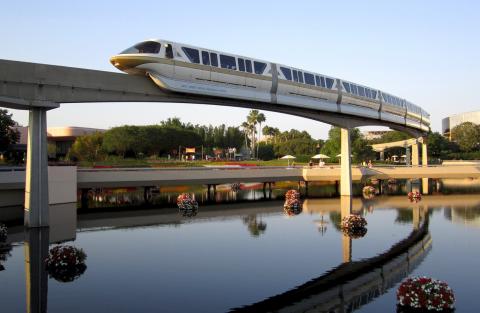
When choosing the ideal relay system for your locomotive project is crucial to understand the differences between standard relay layouts, the safety that is included within the relay, and the ideal type of energy that can be placed within the relay system. A type 72 DC relay and type 82 DC relay are some of the most common for use in these industries. Understanding the differences between these two relays can help you with cost savings in your field and getting the right type of relay to suit the needs of your facility. The 72 DC relay is a device that is most widely used for protective overcurrent in the transit industry. It’s been successfully used in almost every major transit system and it provides protection for trolley wires, third rails, substations, feeders and more. The device is built in a solid-state design and it delivers an overcurrent range of up to 300 mV at a short-term overcurrent of 110 mv. The device is insulated and calibrated to relay power to the shunt for instant intervention. This article will help explain the difference between a 72 DC relay and an 82 DC relay.
The type 82DC relay is designed as a re-closing relay with a system that prevents the DC breaker from closing again on a faulted line. This adds an extra level of protection for an overcurrent trip and a load side fall verification for the closure of any breaker. The type 82 relay is designed for heavy and light rail systems whereas the type 72 DC relay is more common on trolley systems, trams and in specific types of transport and shipping components.
The biggest difference with the 82 DC relay and 72 DC relay comes down to the systems of control and the added safeguards that are in place with the use of the relay. A type 72 relay is likely all that will be needed in the event of a tram system or small transportation systems, the type 82 DC relay is a system that is more advantageous in a time for heavy rail, large-scale freight and more.
Type 82 relays come with an added expense, but they can maintain pre-existing line voltage measurements in a solid-state format and deliver ongoing load measuring. The breaker can close and then not reopen again when it is required. The adjustments to the system include time for each step, the number of attempts in the sequence, and the simple solutions for dead load pickup as well.
If you’re interested in learning more on the differences between a type 72 DC relay and a type 82 DC relay, contact us today.
